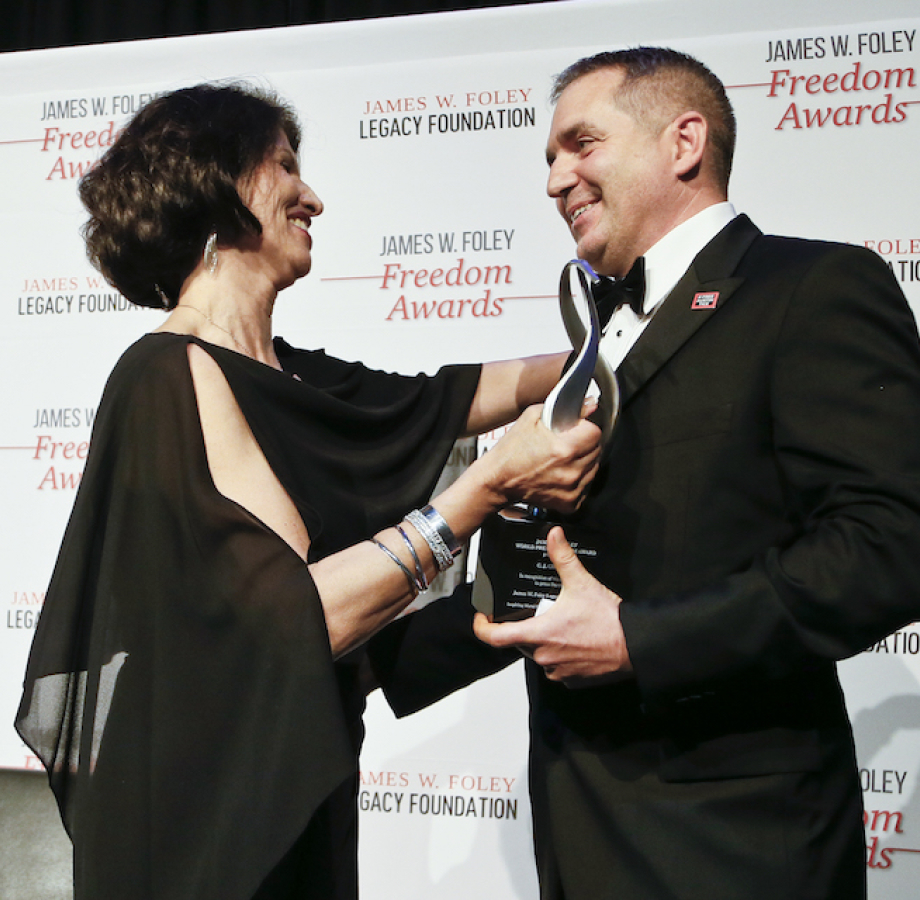Richard Gingras is chair of the board at Village Media, a company that is rethinking the role of a local news outlet in strengthening the communities it serves.
He is also a founding board member of the Center for News, Technology, and Innovation. He serves on the boards of the International Consortium of Investigative Journalists, the International Center for Journalists, the First Amendment Coalition, the James W Foley Legacy Foundation, the UC Berkeley School of Journalism, and PRX, the Public Radio Exchange. Gingras served for many years as global vice president of news at Google focusing on how news was surfaced on Google’s consumer services and on Google’s efforts to enable a healthy, open ecosystem for quality journalism.
For more than forty years, Richard has led highly regarded efforts in the development of online services and new media. He also serves on the boards of the First Amendment Coalition, the International Center for Journalists, the International Consortium of Investigative Journalists, UC Berkeley School of Journalism, and the Manship School of Communications at LSU.
From March 2009 to June 2011, he was CEO of Salon Media Group which operated the acclaimed Salon.com and the pioneering virtual community The Well. Richard assembled Salon’s initial seed financing in 1995. Salon featured the work of many acclaimed journalists including Pulitzer Prize winner Glenn Greenwald.
Richard was a strategic advisor to the senior team at Google (2007-2009), strategic advisor to Storify (sold do LiveFyre), founder and CEO of Goodmail Systems, a founding VP of pioneering broadband provider @Home Network and SVP and General Manager of Excite@Home (1996-2001), led the design and development of Apple’s online service eWorld (1993-1996), and was founder and CEO of MediaWorks (1987-1992), an early developer of news-agenting technology. He is also a strategic advisor and seed funder of numerous startups.
In 1979, Richard created the first interactive online news magazine – done in partnership with CBS, NBC, and PBS using interactive television technology known as broadcast teletext.



